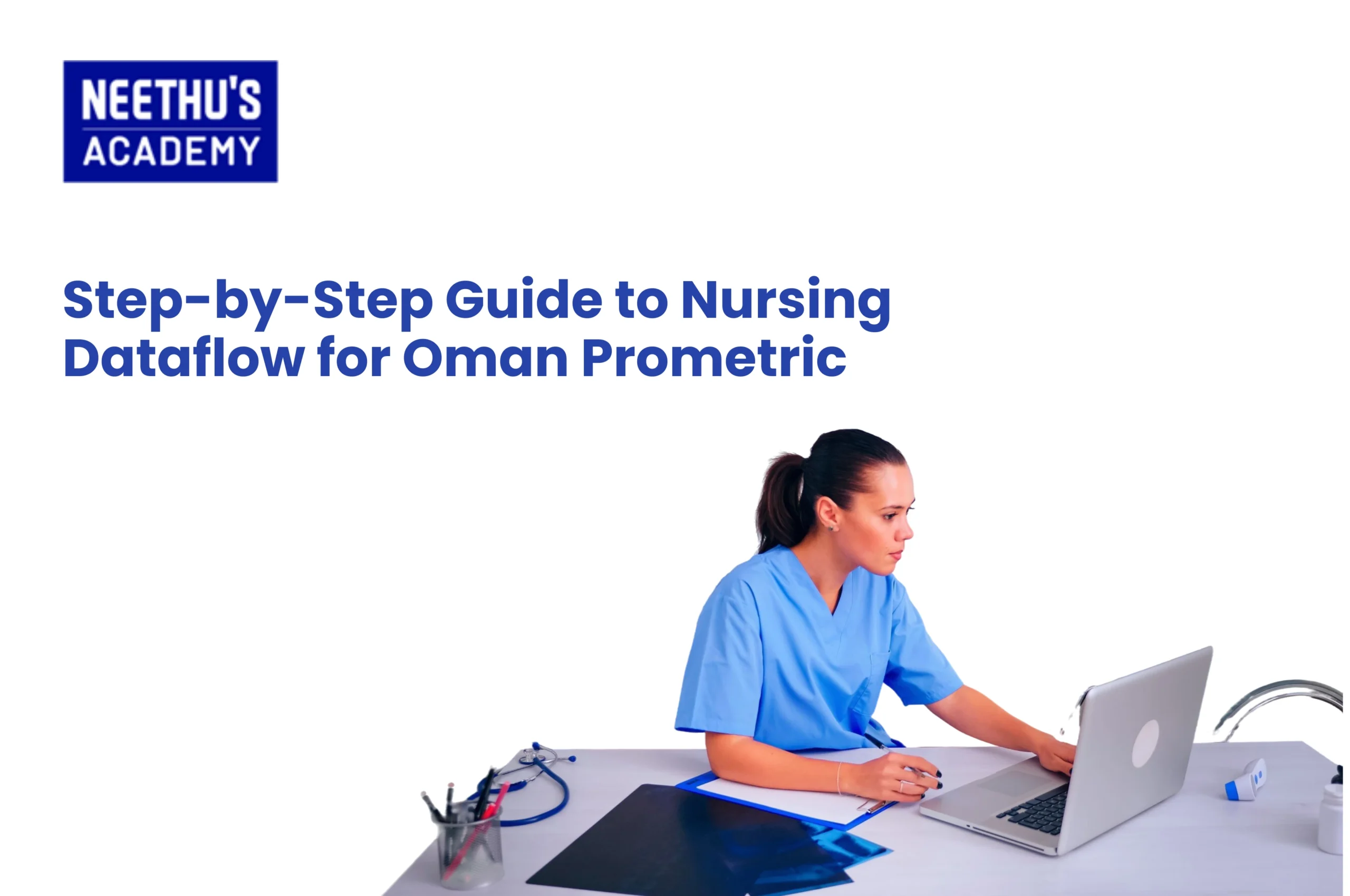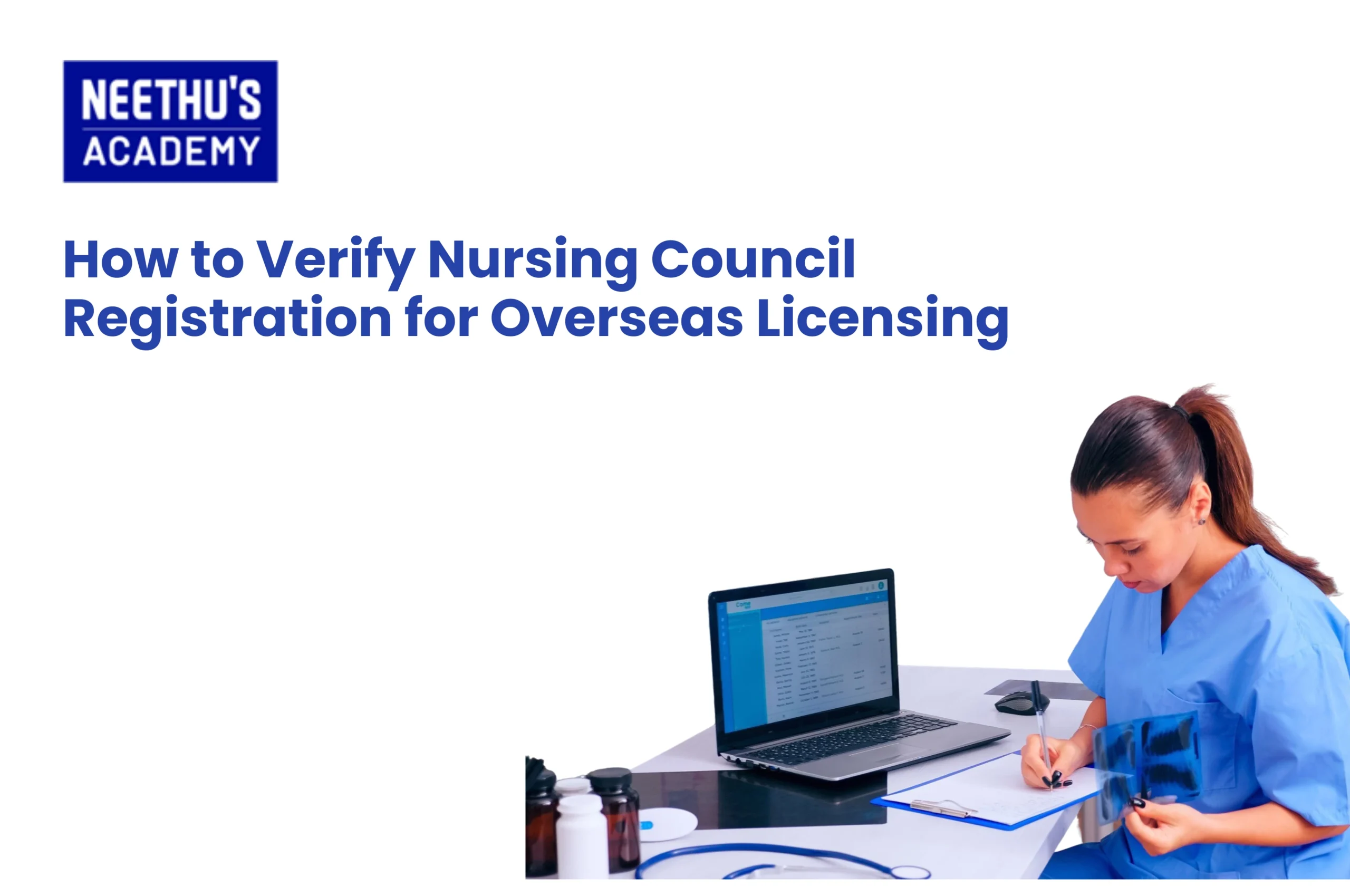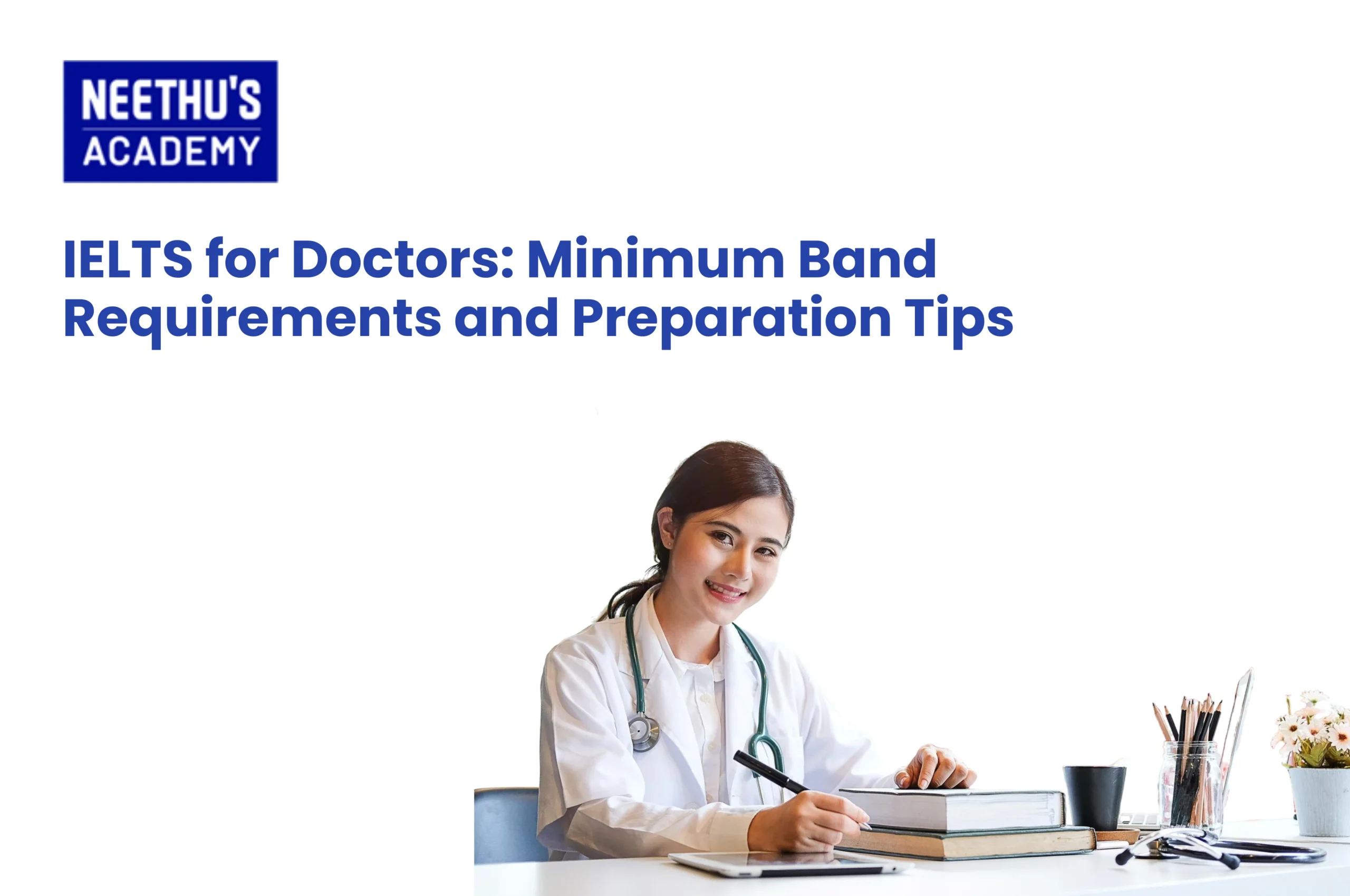The Occupational English Test is an entry pass for health care providers, including pharmacists, showing proof of proficiency in using English in…

How To Tackle OET Reading Part A For Pharmacists
The Occupational English Test (OET) is a crucial prerequisite for medical practitioners, including pharmacists, who wish to work in English-speaking countries. Of the four sub-tests—Listening, Reading, Writing, and Speaking, OET Reading Part A is the most demanding, given its time limitation and high information processing.
If you’re gearing up for OET pharmacist Reading Part A, you’re probably seeking better OET reading tips, practice methods, and trustworthy strategies to achieve confidence. This blog provides a step-by-step guide to acing OET Reading Part A for pharmacists and a carefully curated list of resources and tips for passing the exams successfully.
Understanding OET Reading Part A
OET Reading Part A is the initial part of the Reading sub-test. It takes 15 minutes and comprises 20 questions on four short texts about a single healthcare topic. These texts are mostly taken from patient information leaflets, medication instructions, treatment guidelines, clinical guidelines, or pharmaceutical news.
For pharmacists, these materials are highly relevant. You’ll need to extract specific information such as dosage instructions, side effects, contraindications, or treatment sequences—all under strict time pressure. This section tests your ability to quickly locate accurate information, making it essential to develop sharp reading and scanning skills.
Essential Reading Skills for Pharmacists
To perform well in OET Reading Part A as a pharmacist, you have to practice more than a general understanding. Below are the essential OET reading abilities pharmacists have to practice:
- Skimming: For obtaining a general sense of what each text is about within a limited time frame.
- Scanning: To locate specific bits of information needed to reply to each question.
- Keyword Recognition: Identifying keywords and synonyms of the keywords in the questions and texts.
- Time Management: Since there is less than one minute per question, accuracy and speed are essential.
- Understanding Medical Language: Especially pharmaceutical words such as dosage, side effects, interactions, and clinical pathways.
These skills can be developed by regular OET reading practice and reading of medical documents.
Strategies to Improve Performance
To excel in the OET pharmacist Reading Part A, think of adopting these proven OET reading strategies:
- Begin with a Quick Skim
Before you begin to answer questions, use the first 2-3 minutes to glance through all four passages quickly to catch the general topics. This will save you time finding the answers.
- Use Keyword Clues
Mark the important words in every question. Then scan the passages and find the keywords or their synonyms immediately.
- Don’t Get Stuck
If a single question appears difficult, leave it and come back to it later. Taking too much time on a single question can compromise your performance for the remainder of the test.
- Practice with a Timer
Practice using a stopwatch or a clock application to simulate actual exam conditions. This helps build confidence and also controls stress under timed conditions.
- Be Familiar with Pharmaceutical Terminology
Develop your vocabulary by reading familiar pharmaceutical and clinical terms. Familiarity with these will make it easier for you to comprehend the texts as well as respond accurately.
- Identify the Structure of Each Text
Texts in Part A usually have a standard structure. For instance, drug leaflets may begin with indications, then dosage, side effects, and contraindications. Knowing this makes it easier for you to spot answers more quickly.
Common Issues and How to Overcome Them
All pharmacists studying for the OET Reading Part A are likely to face certain issues. This is how you can get over the most frequent ones:
Problem 1: Efficient Time Management
Solution: Practice doing entire Part A sections in 15 minutes. The more you read, the quicker you read.
Problem 2: Strange Words
Solution: Develop a medical and pharmaceutical dictionary. Test them on flashcards or word programs regularly.
Problem 3: Surprise-Word Selection
Solution: Avoid relying solely on keyword identification. Read the whole sentence before choosing an answer.
Problem 4: Anxiety Under Stress
Solution: Acquire stress reduction skills and relaxation techniques before exams. Testing in simulated conditions under practice reduces pressure.
Practice Resources
Availability of good-quality OET reading practice materials is the key to success. The following resources are useful in preparation:
Official OET Website (www.occupationalenglishtest.org) – Provides authentic sample tests and candidate guides.
Cambridge Boxhill Institute Books – Specific to OET preparation and have several Reading Part A examples.
Online Portals and Apps – Websites like Benchmark OET, E2Language, and Swoosh English provide practice material and test simulations.
YouTube Channels – Some OET trainers post walk-through videos, strategy videos, and live test-solving on OET Reading Part A for pharmacists.
Study Groups – Join OET-focused social media groups or Telegram/WhatsApp groups for peer assistance and common resources
Best OET Coaching Center in Kerala
If you are looking for OET coaching in Kerala, you are fortunate. Kerala has several high-quality coaching institutions, such as Neethu’s Academy, that deal specifically in preparing medical professionals for the OET
Why Choose Us?
Expert Trainers: Well-trained coaches with a medical background.
Personalized Training: Courses designed with pharmacists in mind.
Mock Tests: Simulations of real tests enhance confidence and readiness.
Reasonable Fees: Kerala provides good-quality education at reasonable prices.
Offline & Online Facilities: Several centres offer offline as well as online learning facilities.
Conclusion
Success in OET Reading Part A as a pharmacist depends on a combination of time management, strategic reading, vocabulary, and practice. Your background knowledge as a pharmacist is useful, but you’ll still need to hone your English reading skills under pressure.
Using the right OET reading techniques, focusing on high-level OET reading practice, and possibly enrolling in the best OET coaching center can be the game-changer. Preparation, persistence, and having faith in yourself, you can beat the OET with a good score.
Frequently Asked Questions
Complete a daily practice timed test, to improve scanning skills and mastering medical terminology.
Listen to healthcare-related audios daily and practice with official listening sample tests.
Read healthcare texts daily, practise mock tests, and focus on skimming, scanning, and vocabulary.
Yes, pharmacists are eligible and encouraged to take the OET for registration in English-speaking countries.
Related Blogs
- All Posts
- OET
Course Enquiry
Error: Contact form not found.
Latest Posts
- All Posts
- canada
- CBT
- DHA
- French
- GENERAL
- German
- Haad
- IELTS
- IQN NEW ZEALAND
- MOH
- NCLEX-RN
- NHRA
- OET
- OSCE
- Pearson Vue
- PROMETRIC
- PTE
- TOEFL
- Back
- NCLEX - NGN
- Back
- OET FOR PHYSIOTHERAPIST
- OET FOR PHARMACIST
- OET FOR DOCTORS



